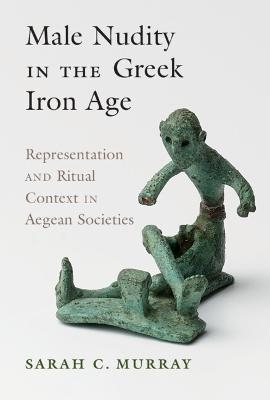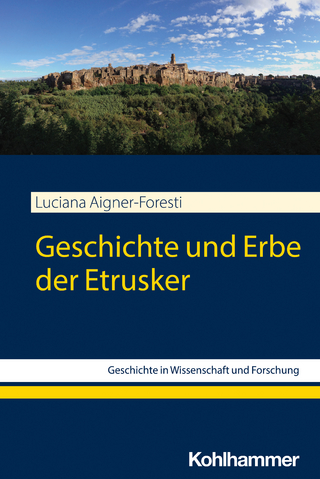
Male Nudity in the Greek Iron Age
Representation and Ritual Context in Aegean Societies
Seiten
2022
Cambridge University Press (Verlag)
978-1-316-51093-3 (ISBN)
Cambridge University Press (Verlag)
978-1-316-51093-3 (ISBN)
Why and when did the male nude come to occupy such an important place in ancient Greek culture? This book investigates the earliest evidence for nude males in the first-millennium Aegean and reconstructs a new scenario for the ritual and ideological origins of nudity in Greek art and culture.
Why did the male nude come to occupy such an important place in ancient Greek culture? Despite extended debate, the answer to this question remains obscure. In this book, Sarah Murray demonstrates that evidence from the Early Iron Age Aegean has much to add to the discussion. Her research shows that aesthetics and practices involving male nudity in the Aegean had a complicated origin in prehistory. Murray offers a close analysis of the earliest male nudes from the late Bronze and Early Iron Ages, which mostly take the form of small bronze votive figurines deposited in rural sanctuaries. Datable to the end of the second millennium BCE, these figurines, she argues, enlighten the ritual and material contexts in which nude athletics originated, complicating the rationalizing accounts present in the earliest textual evidence for such practices. Murray's book breaks new ground by reconstructing a scenario for the ritual and ideological origins of nudity in Greek art and culture.
Why did the male nude come to occupy such an important place in ancient Greek culture? Despite extended debate, the answer to this question remains obscure. In this book, Sarah Murray demonstrates that evidence from the Early Iron Age Aegean has much to add to the discussion. Her research shows that aesthetics and practices involving male nudity in the Aegean had a complicated origin in prehistory. Murray offers a close analysis of the earliest male nudes from the late Bronze and Early Iron Ages, which mostly take the form of small bronze votive figurines deposited in rural sanctuaries. Datable to the end of the second millennium BCE, these figurines, she argues, enlighten the ritual and material contexts in which nude athletics originated, complicating the rationalizing accounts present in the earliest textual evidence for such practices. Murray's book breaks new ground by reconstructing a scenario for the ritual and ideological origins of nudity in Greek art and culture.
Sarah Murray is assistant professor of classics at the University of Toronto. An archaeologist of the Aegean Late Bronze and Early Iron Ages, she is the author of The Collapse of the Mycenaean Economy.
1. Introduction; 2. Naked male figurines in the EIA Aegean; 3. Iconographic and regional patterns in EIA bronze figurines and the history of ritual action; 4. The lost wax method of production and EIA bronze figurines; 5. Bronze figurines, transformative processes, and ritual power; 6. EIA nudity and ritual in historical perspective, 225–247; 7. Method and approach in the archaeology of the EIA Aegean.
| Erscheinungsdatum | 01.06.2022 |
|---|---|
| Zusatzinfo | Worked examples or Exercises |
| Verlagsort | Cambridge |
| Sprache | englisch |
| Maße | 180 x 259 mm |
| Gewicht | 870 g |
| Themenwelt | Kunst / Musik / Theater |
| Geisteswissenschaften ► Archäologie | |
| Geschichte ► Allgemeine Geschichte ► Altertum / Antike | |
| ISBN-10 | 1-316-51093-X / 131651093X |
| ISBN-13 | 978-1-316-51093-3 / 9781316510933 |
| Zustand | Neuware |
| Informationen gemäß Produktsicherheitsverordnung (GPSR) | |
| Haben Sie eine Frage zum Produkt? |
Mehr entdecken
aus dem Bereich
aus dem Bereich


